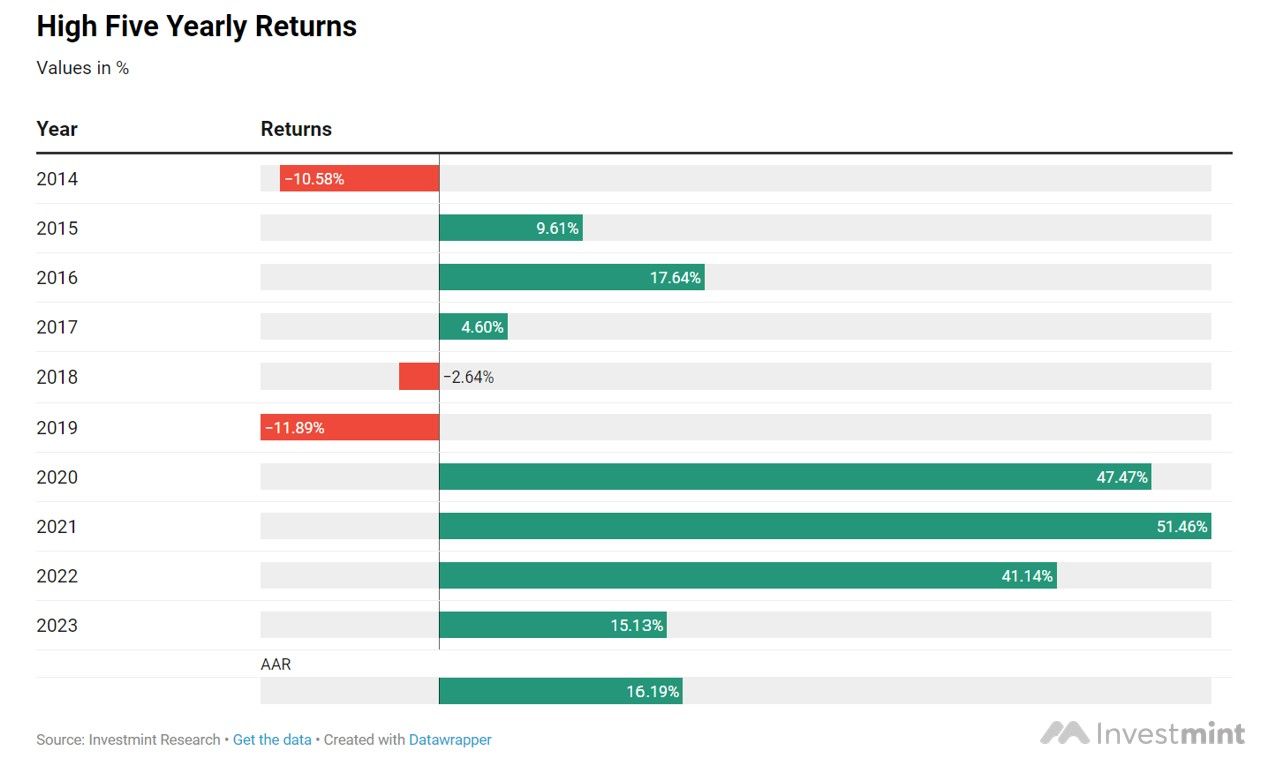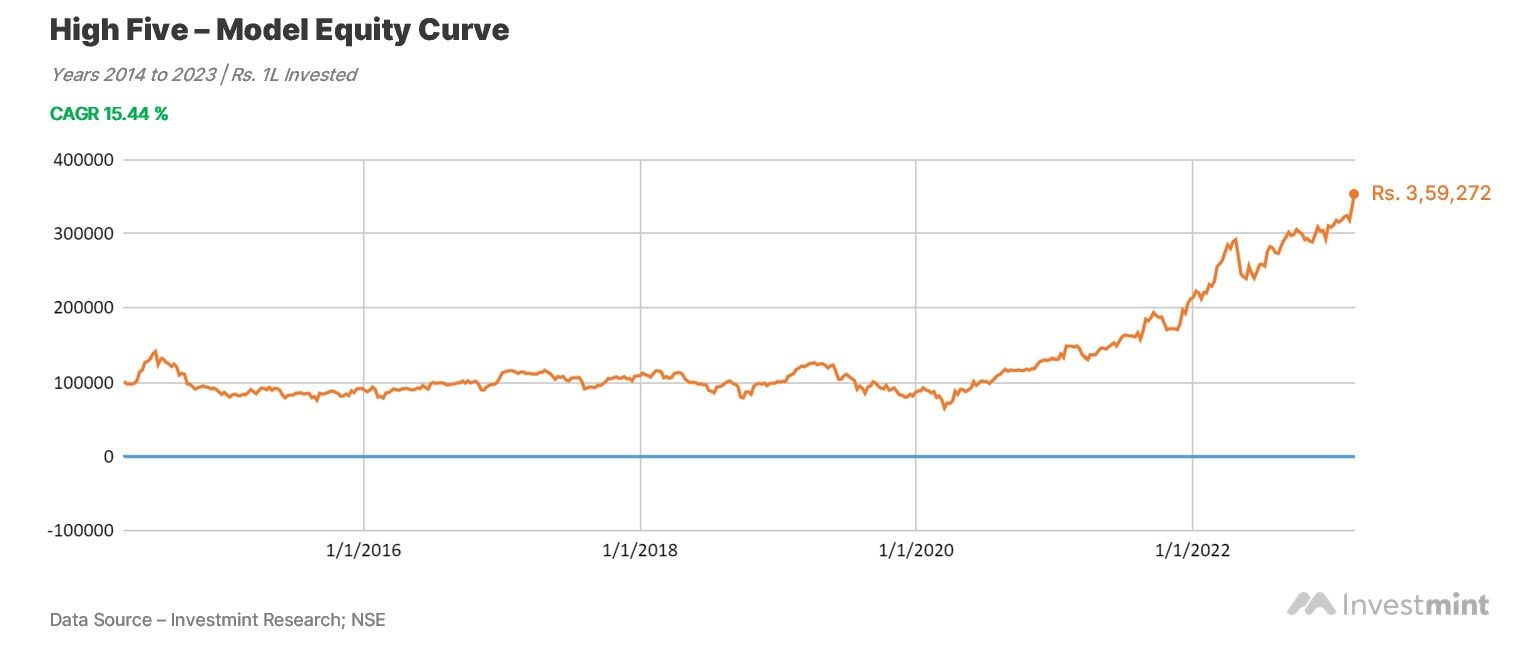High Five - Transaction Costs & More
When it comes to trading frequently, there is one thing more certain than the thrill, transaction costs. This post explores how the High Five model fares if all possible transaction costs are included.

If you are new to the High Five model and want to know more about it, start with this post.
What Are The Various Cost Elements That We've Considered?
There are primarily 6 types of costs that you incur when you buy and sell stocks.
- Brokerage - This is a cost that the broker levies, many discount brokers keep this free for the Equity/Cash segment. Hence in this calculation, we considered brokerage as '0'.
- STT (Securities Transaction Tax) - STT is a tax levied at the time of purchase and sale of securities listed on stock exchanges in India. For the cash segment, STT is levied both while buying an equity share and while selling at the rate of 0.1 per cent of the share value.
- Transaction Charges - Also known as the Exchange Transaction Fees, is a fee the exchanges charge to the broker. The broker, in turn, passes on these costs to the investor. At the moment, the charges are as follows. NSE: 0.00345% & BSE: 0.00375%. This fee is levied on both the buy and sell value of the transactions.
- Stamp Charges - These are charges levied by the Govt. of India on any transfer of ownership and is currently applicable on the buy side of the securities.
- SEBI Charges - SEBI levies turnover-based fees for buy and sell transactions in all types of securities. The fee currently is ₹ 10/crore of turnover. In the calculations, we have prorated it based on the transaction value.
- DP Charges - DP Charges are levied by the Depository (CDSL or NSDL) and the Broker at Rs. 13.5 (+ 18% GST) per day per scrip for the stocks sold from your holdings.
Link for the calculation sheet
How To Read The Returns Calculation Sheet?
- Main - This sheet has all the trades taken by the model since 2014, and it calculates the returns for each stock for each week. The Entry & Exit prices are EOD OHLC Averages. An amount of Rs.20000 is allocated per stock, and the returns are calculated, as shown in the calculation sheet.
- Annual Returns Tab - This tab highlights the model's annual post-cost returns and the Average Annual Returns (AAR).
- Weekly Returns Tab - This tab details the weekly post-cost returns and the model's CAGR (Compound Average Growth Rate).
In Summary
Yearly Returns (After including all transaction costs)

High Five Model Equity Curve & CAGR returns (After including all transaction costs)
The model has delivered a CAGR of 15% post all transaction costs. (Ref. Calculation sheet)

Hope you found this information useful if you have any comments or questions, do feel free to reach out to us at support@investmint.club, or better still, drop into our vibrant telegram channel with close to 4000 active minters.
Connect with us on social media to stay up-to-date on the latest in the trading and investing world. Follow us on Instagram, LinkedIn, and Twitter.



